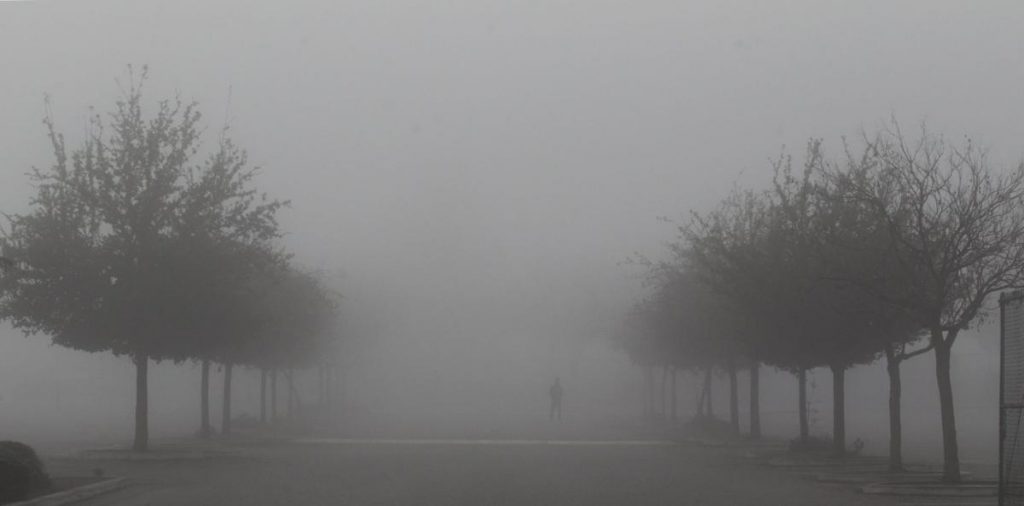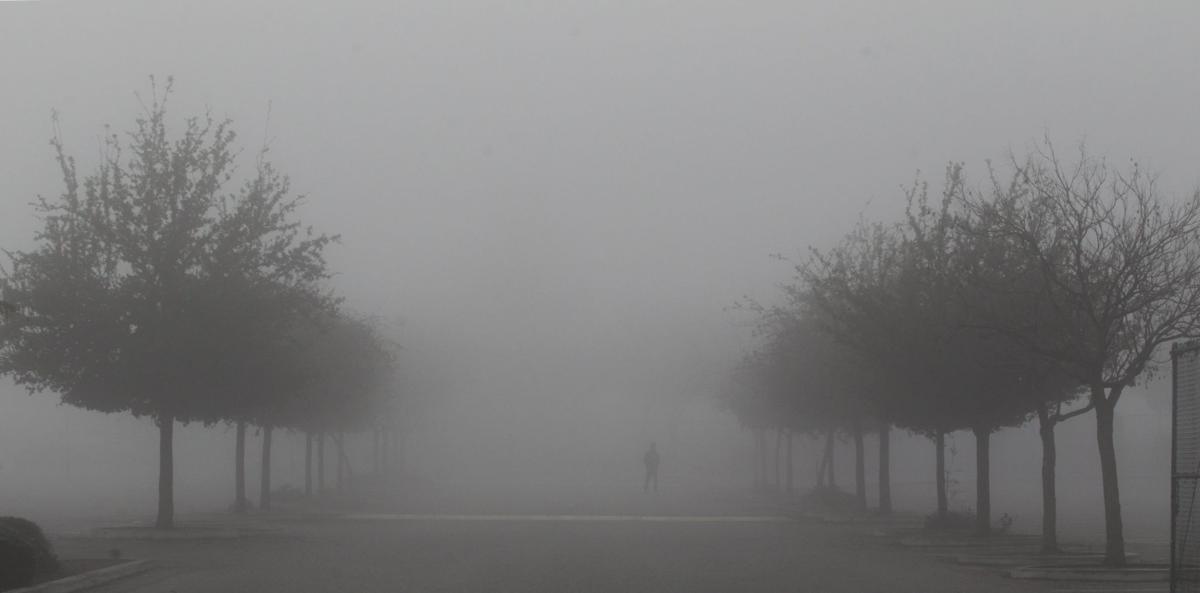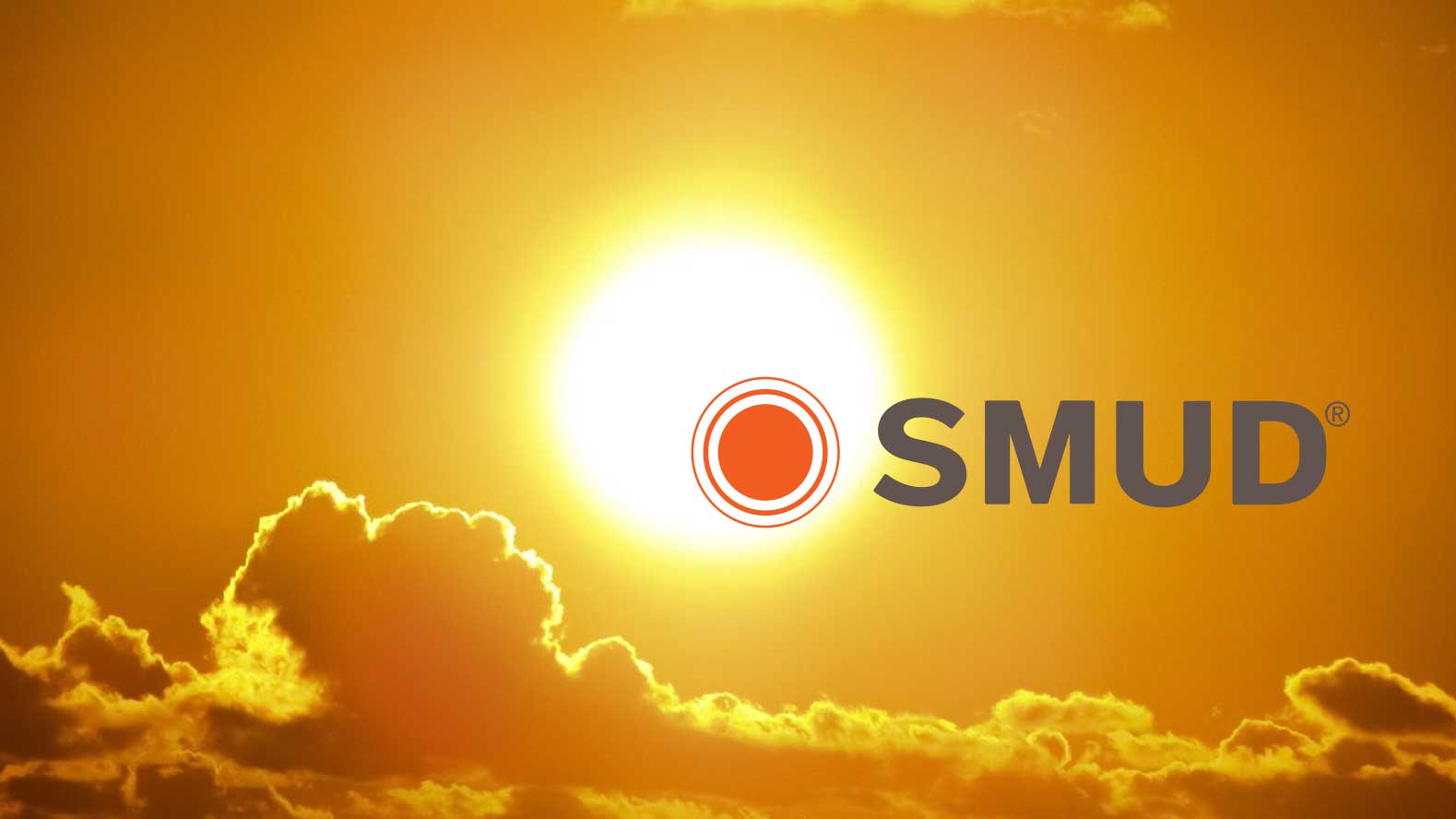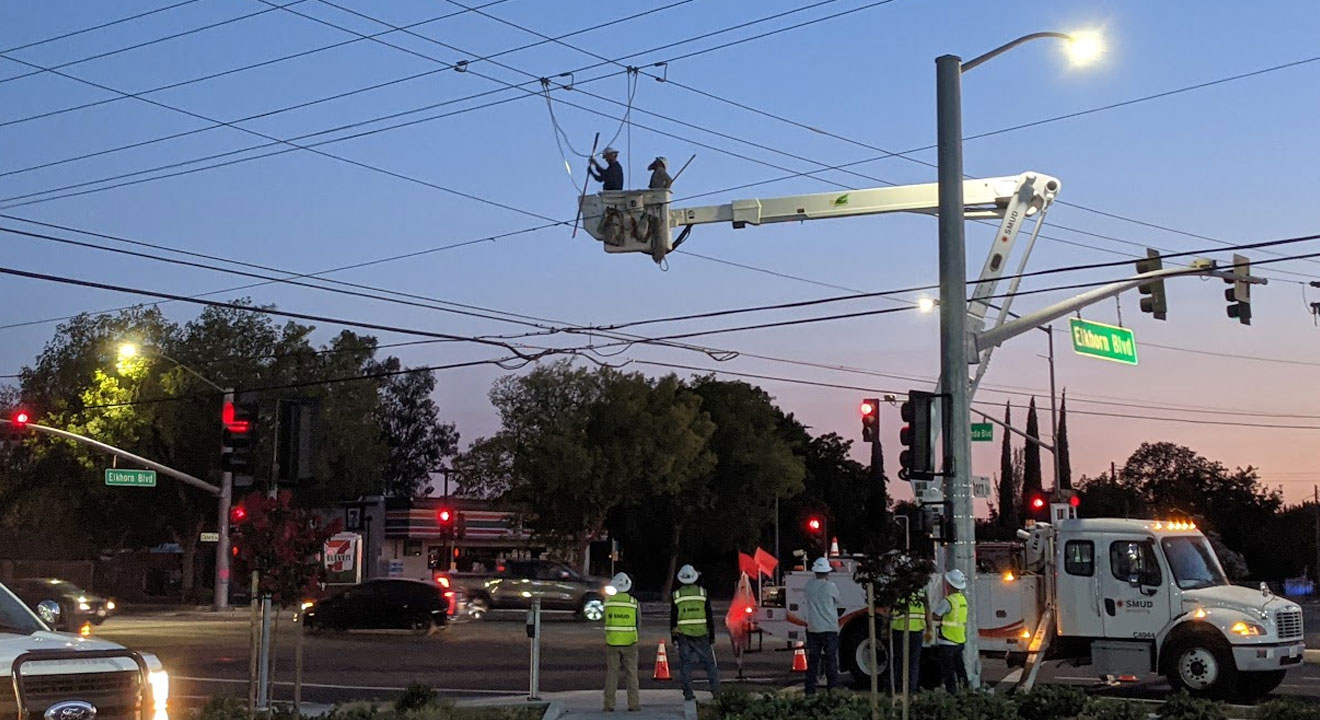
Remember the dense fog we used to get? Some of my fondest childhood memories include the Tule fog. Going pheasant hunting on Thanksgiving morning just as the fog was lifting. Riding home in the back of a pickup truck full of presents from Christmas Eve at my grandparents house. Riding a bicycle to a friends house to play Atari in a pea soup fog, with only the fog line to guide me, the flashing runway lights at McClellan igniting the air every split second.
I’ve sometimes wondered where it went and why we don’t get the days upon days of traffic snarling air chowder like we used to.
Scientists at UC Berkeley have now completed a study relating the declining presence of Tule fog to declining levels of pollution in the Valley air.
Researchers analyzed weather and air pollution data from the Valley all the way back to 1930. They discovered that yearly fluctuations in fog frequency and density are are predictably relative to the random shuffling in our annual weather patterns, but the long-term trends matched the rising and falling level of pollution in our air.
Which makes sense, when you stop to think about it. The enacting of air pollution control measures such as vapor recovery from gas pumps, the rise of renewable energy and hybrid electric vehicles began in the 70s, when the fog started to disappear. I still remember when we used to experience the burning of the rice fields in the 70s and 80s. That doesn’t happen as often these days.
To read more about this discovery, visit the Berkeley News.














